Hi,
I like to visit interesting places where I haven't been before, so I came up with another educational and experiential trip to eastern Slovakia for myself and my friends. Despite the fact that the weather is supposed to be nice and sunny, we will hide underground from the sun. We will go underground, to once famous and later forgotten mines, where miners mined rare opal for many years.

We have prepared a rich program and purchased tickets for the exact time. And that's why we leave the house early in the morning even though it's Saturday and we could sleep in. After an hour and a half of driving, we arrive at our destination. The mines are located a few kilometers from the city of Prešov, well hidden in the forests of the Slanské vrchy.
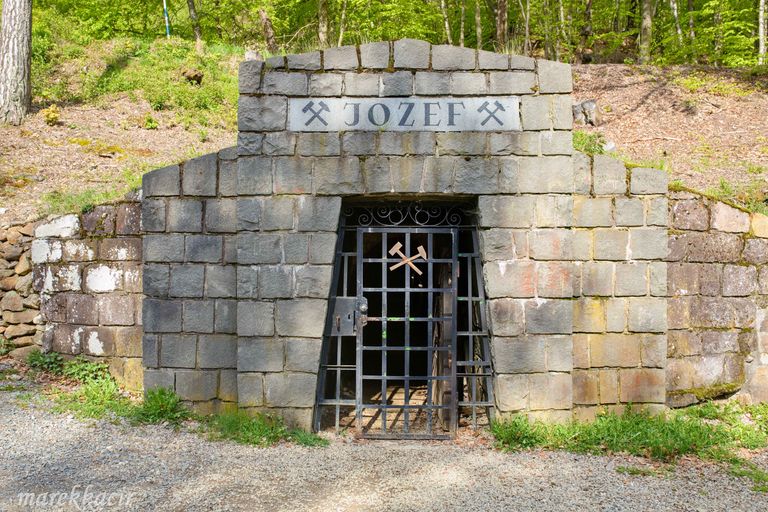
Our guide gave us helmets so we wouldn't hit our heads and we can go. We enter the Jozef Workshop. Each entrance to the mine has its own name.
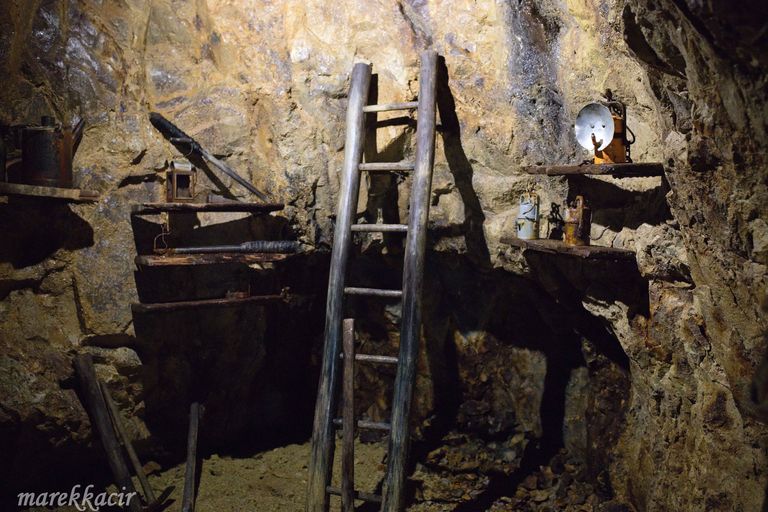
Through a narrow passage, we get deeper into the mine, where our guide welcomed us and showed us the first room, the lantern room. Here the miners had put away their lamps so that they could see at all in the darkness in the mine. It was the first thing they did when they entered the mine.
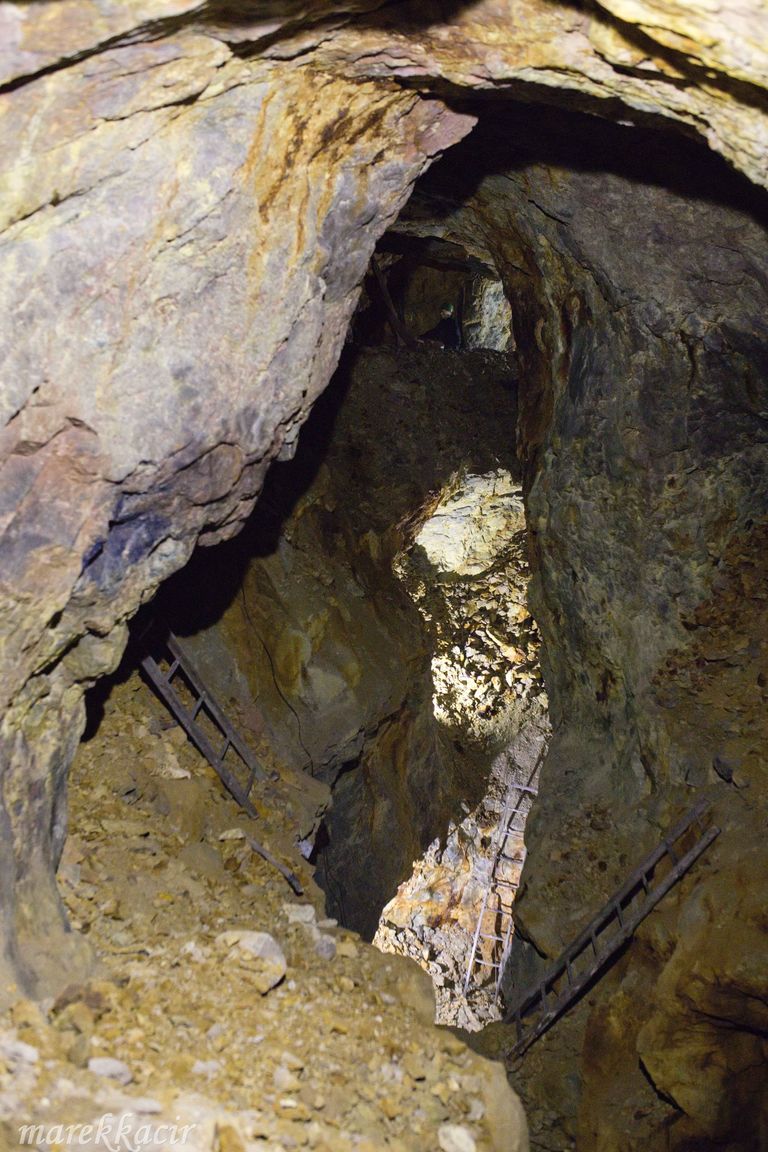
We walk deeper into the mine and learn about its history. We find out that they are the oldest opal mines in the world. In the underground, miners dug 35 kilometers of tunnels, initially by hand and later with the help of dynamite. There are several floors and quite a large maze.
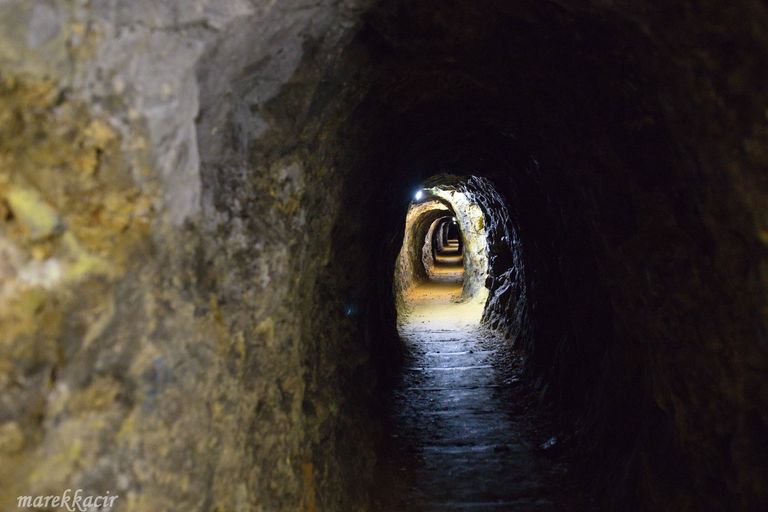
From time to time, the narrow corridors widen into some kind of halls. A deposit of opals was found here, and therefore in such places the miners mined the entire large area.
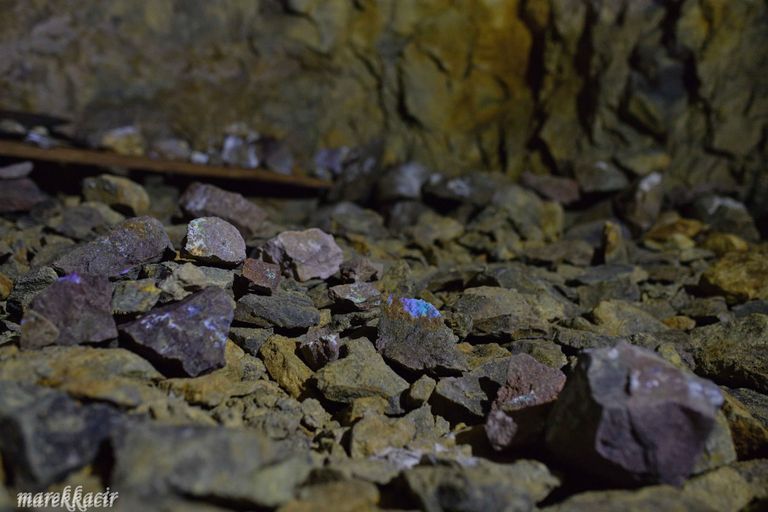
And what is that opal? It is a natural amorphous silica with variable water content. In short, it's a gem. Slovak opal is characterized by opalescence, a play of colors. As a result, it is extremely valued on the world market. Slovak opal is an opal of the highest quality and was used to decorate jewelry that was intended for kings and nobles. Slovak opal mines have been known worldwide since the end of the 16th century. For example, the French Empress Josephine, wife of Napoleon, wore the most famous opal called the Fire of Troy.
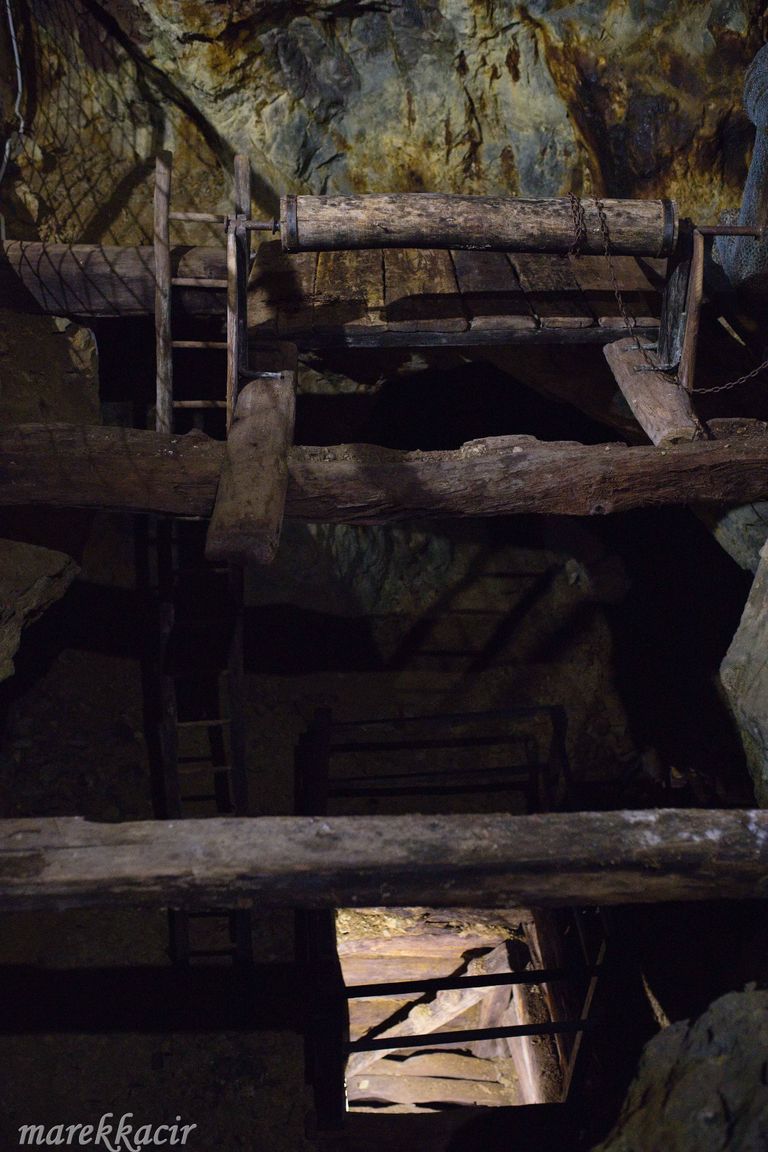
Once every few years, an opal the size of a hen's egg is found in the mine. The largest opal found here was called Harlequin. It weighed 594 grams and was found at the bottom of the Červenica stream. However, most opals found are much smaller. These must be processed as soon as they are extracted, because if they are not processed immediately, the water will start working in them and they will burst.
It was only in the mine that I realized how important helmets are. Of course, only after I smashed into the ceiling.
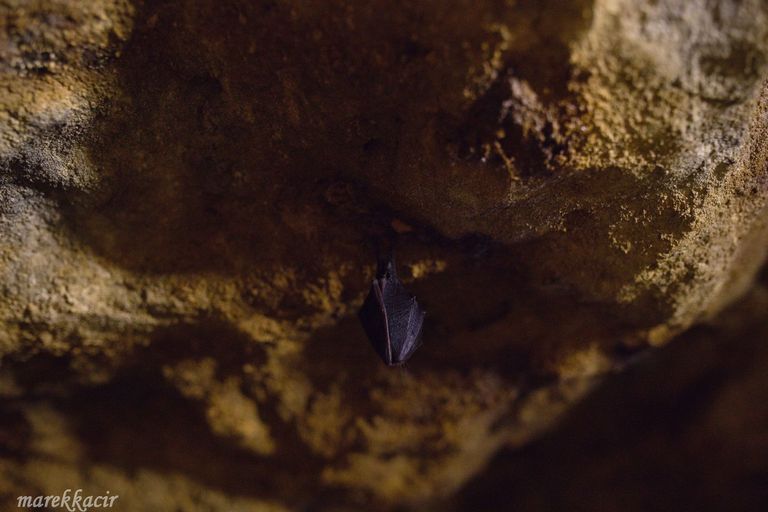
Mines are important wintering grounds for bats. One of them was just resting here before the evening flight.
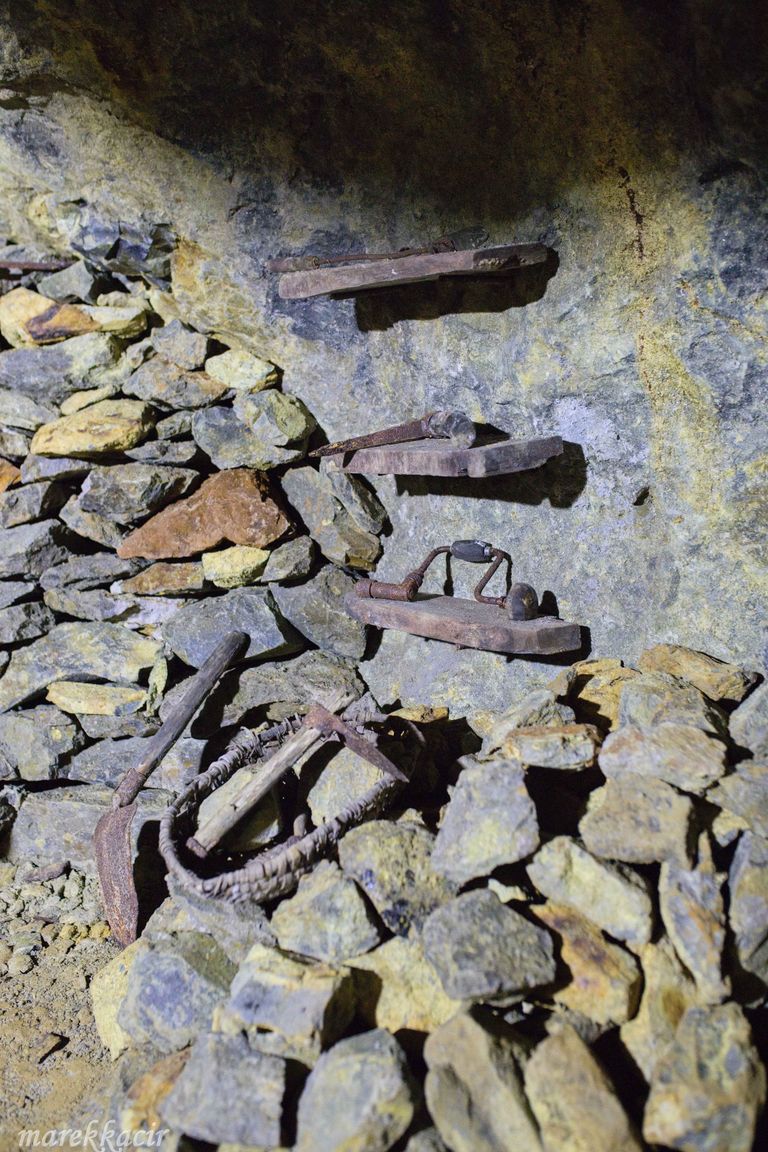
It was not only miners who worked in the mine, as I had thought until now. For example, carvers also worked here, preparing ladders from wood directly in the mine. There were cleaners who literally cleaned the excavated areas so that it was safe to move around in the mine.
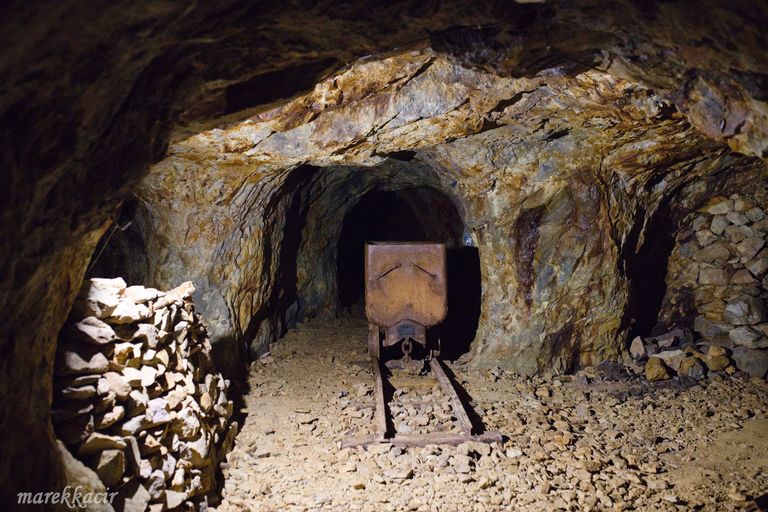
There were also runners who carried unnecessary rock to the surface on metal carts.

Miners spent twelve hours a day here. There was a toilet in the mine, even a large room where they could eat. She used it especially during the winter and in case of bad weather. Other times, they preferred to go out to eat in the fresh air.
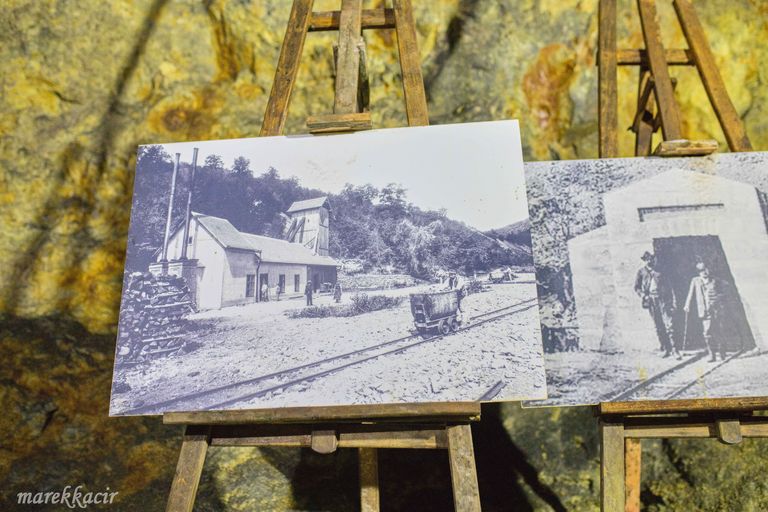
There is also an exhibition of old photographs on the premises of the mine. On them, we can see what it used to look like here.

Slovak opal mines were closed in 1922. Until then, they provided work primarily to people from the surrounding villages. However, they found a surface deposit of opal in Australia, and so the difficult underground mining gradually became unprofitable.
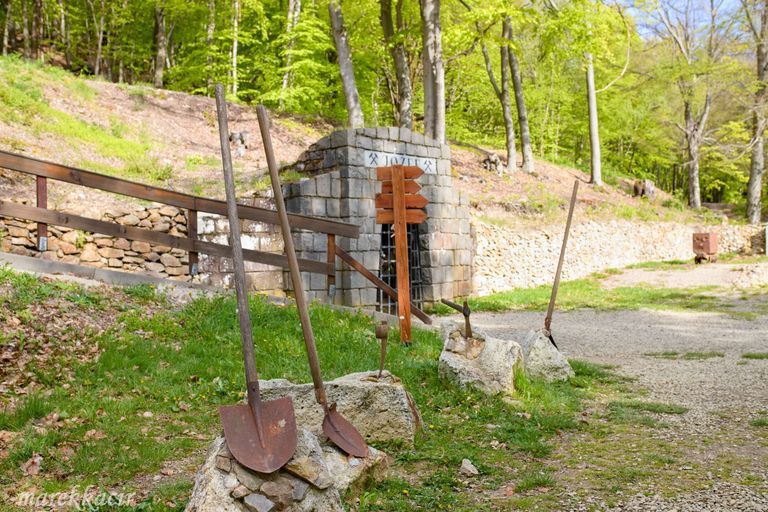
Only a few years ago they were made available to the public as a technical monument, and for that I am grateful. I learned a lot about the life of miners, but also about opal mining.
Thank you.